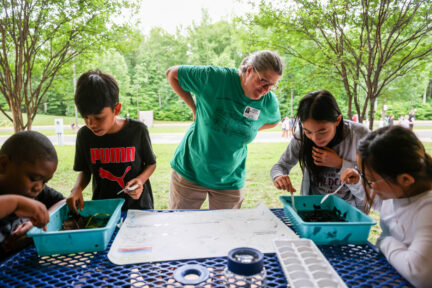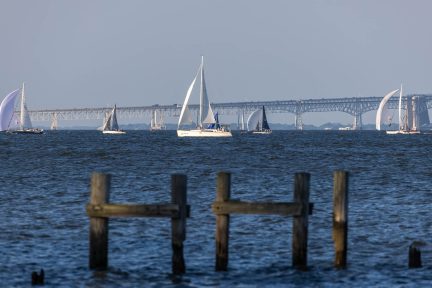Blue Crab population continues to grow, but numbers still below target levels
Blue crab population numbers increased for a second straight year, but in order to ensure a healthy future for Chesapeake Bay crabs, a report just released encourages resource managers to maintain a “risk-averse” approach to setting regulations.



